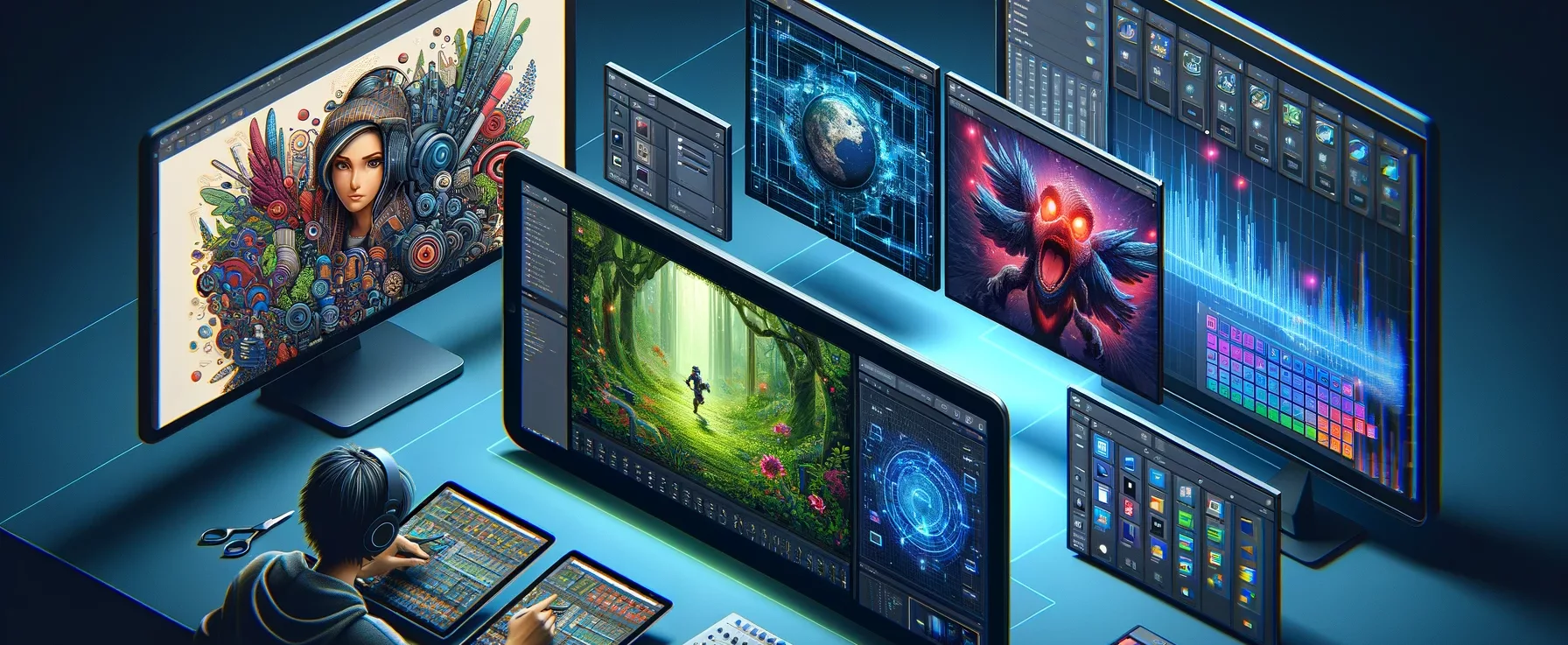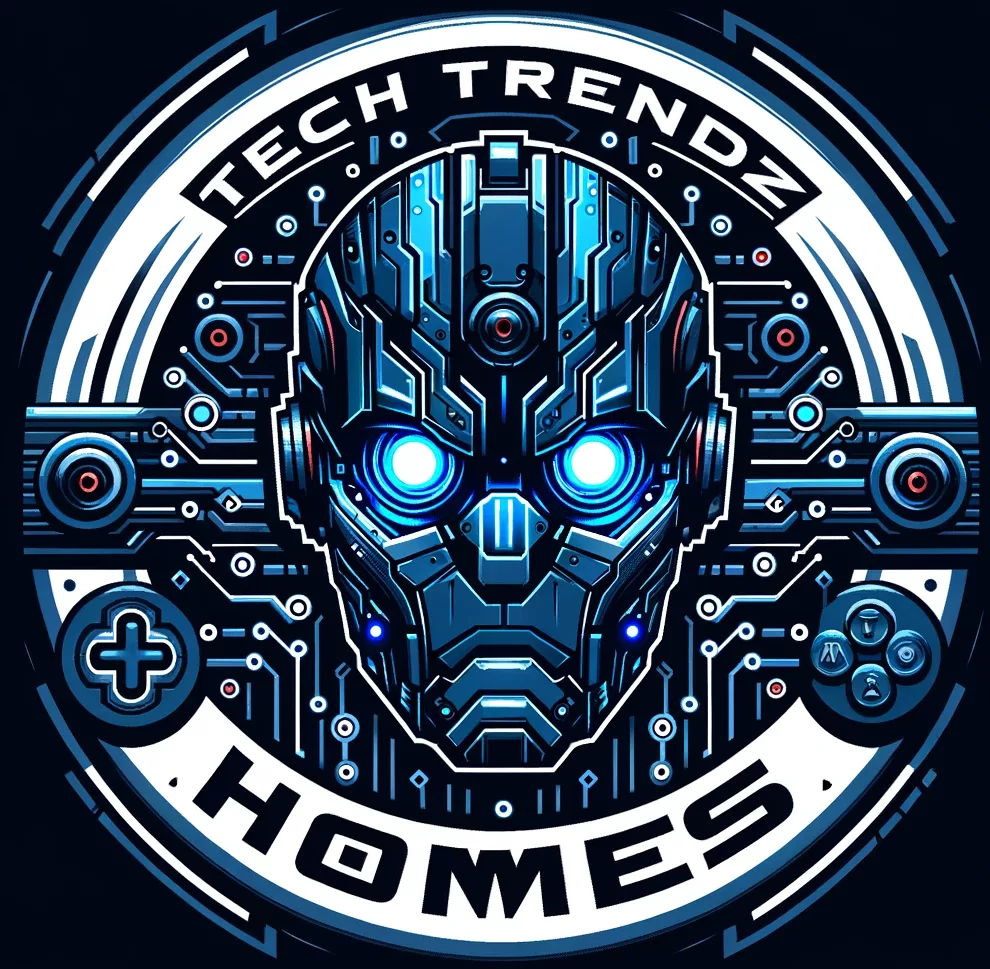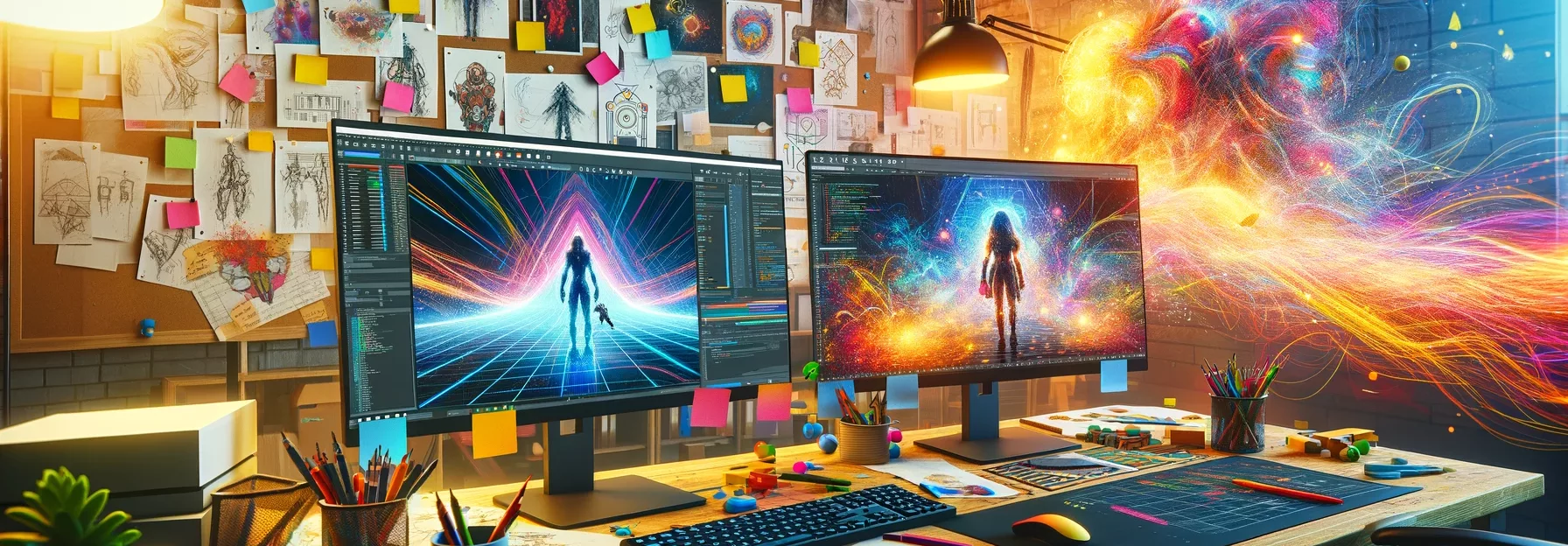Are you an aspiring game developer looking to bring your creative ideas to life? Or perhaps you’re a seasoned pro searching for new tools to enhance your game development process? Whatever your skill level or experience may be, navigating the vast landscape of game design and development software can be a daunting task.
In this blog post, we will embark on a journey through the exciting world of game design and development software. From popular industry standards to innovative newcomers, we will explore the tools that can help you turn your vision into a fully-realized interactive experience. So, buckle up and get ready to dive deep into the realm of game creation!
The Basics of Game Design Software
To kick things off, let’s start with the backbone of game development – game design software. This essential tool allows you to conceptualize, plan, and prototype your game ideas before diving into the nitty-gritty of coding and implementation.
One of the most well-known and widely used game design software is Unity. Unity offers a user-friendly interface, powerful tools for 2D and 3D game development, and a robust asset store where you can find ready-made assets to bring your game to life. Whether you’re just starting out or have years of experience, Unity remains a top choice for game designers around the world.
If you’re more inclined towards 2D game development, then look no further than GameMaker Studio. This software provides an intuitive drag-and-drop interface along with a robust scripting language for more advanced users. GameMaker Studio is perfect for creating pixel art games, platformers, and other 2D game genres with ease.
For those interested in creating interactive storytelling experiences or narrative-driven games, Twine is a fantastic choice. Twine is an open-source tool that allows you to create non-linear narratives through a simple and accessible interface. With Twine, you can craft branching stories, interactive fiction, and text-based adventures without any coding knowledge required.

The World of Game Development Software
Once you have your game design in place, it’s time to move on to game development software – the engines and tools that bring your creations to life. While Unity and GameMaker Studio both offer game development capabilities, there are other noteworthy options worth exploring.
Unreal Engine, developed by Epic Games, is a powerhouse in the game development industry. Known for its stunning graphics, intuitive blueprint visual scripting system, and robust set of features, Unreal Engine is a favorite among AAA game developers and indie studios alike. If you’re looking to create visually impressive and high-performance games, Unreal Engine should be on your radar.
Another popular game development software is Godot Engine. Godot is an open-source, community-driven engine that offers a rich set of features, a friendly development environment, and the ability to export to multiple platforms. Whether you’re developing 2D or 3D games, Godot’s flexibility and ease of use make it a compelling choice for game developers of all levels.
If you’re interested in exploring cutting-edge technology such as virtual reality (VR) or augmented reality (AR), then consider using Unity or Unreal Engine, both of which provide robust support for immersive experiences. These engines offer specialized tools and plugins for VR and AR development, making it easier for you to create immersive worlds and engaging interactions.

Specialized Tools for Game Designers and Developers
In addition to game design and development software, there is a plethora of specialized tools and resources that can enhance your workflow and productivity as a game creator. Here are a few standout examples:
- Adobe Creative Cloud: For creating stunning visual assets, animations, and sound effects for your games.
- Aseprite: A powerful pixel art tool for creating retro-style graphics and animations.
- Fmod: A professional audio middleware solution for interactive music and sound design in games.
- Trello: A project management tool to organize your tasks, collaborate with team members, and track your progress.
By integrating these specialized tools into your game development process, you can streamline your workflow, unleash your creativity, and elevate the quality of your games to new heights.

The Future of Game Design and Development Software
As technology continues to evolve at a rapid pace, so too does the landscape of game design and development software. From the rise of cloud-based platforms to the emergence of artificial intelligence (AI) tools for game creation, the future looks bright for game developers seeking innovative solutions to their creative challenges.
Machine learning algorithms are being utilized to generate game levels, characters, and even entire gameplay experiences automatically. This exciting development opens up new possibilities for procedural generation, dynamic storytelling, and personalized player experiences. Imagine a game that adapts to your play style, preferences, and skill level in real-time – the future of game design is filled with endless opportunities for exploration and experimentation.
As virtual reality, augmented reality, and mixed reality technologies become more accessible and affordable, we can expect to see an influx of tools and software designed specifically for creating immersive and interactive experiences. The boundaries between the physical and digital worlds are blurring, and game designers and developers are at the forefront of this revolution, shaping the future of entertainment and storytelling.
The Bottom Line
In conclusion, navigating the vast array of game design and development software can be an overwhelming task, but it’s also an exciting journey filled with endless possibilities and creative opportunities. Whether you’re creating your first game or honing your skills as a veteran developer, finding the right tools that align with your vision and goals is key to success in the ever-evolving world of game design.
By exploring different software options, experimenting with specialized tools, and staying informed about emerging technologies, you can stay ahead of the curve and bring your game ideas to life in ways you never thought possible. So, embrace the challenges, unleash your creativity, and let the world of game design and development software inspire you to create the next groundbreaking gaming experience.

